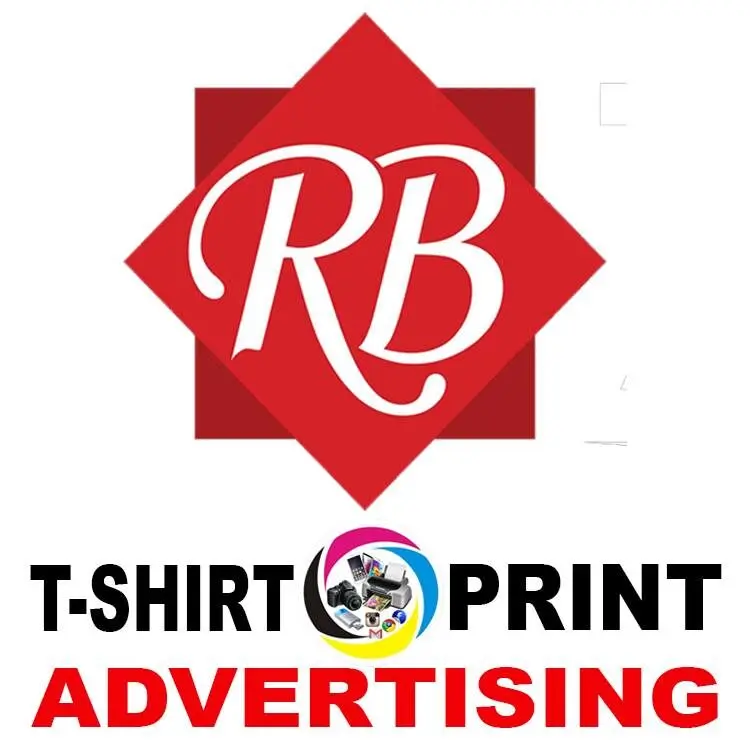What Is Formula 1 (F1)?
Formula 1 is the highest class of international single-seater auto racing. It is sanctioned by the Fédération Internationale de l’Automobile (FIA) and governed by a set of strict technical and sporting regulations known as the “formula.” The series has been the premier category in motorsports since the launch of the World Championship in 1950. Formula 1 features a lineup of elite teams and drivers competing on circuits around the world in high-performance cars designed for speed, precision, and innovation.
The Global Calendar
Formula 1 hosts races in multiple continents across a wide variety of tracks. Events take place in purpose-built circuits and temporary street layouts, from historic venues in Europe to modern city races in Asia, the Middle East, and the Americas. The season structure typically includes practice sessions, a qualifying session to determine starting positions, and a main race held over a set number of laps or time limit.
Popular F1 Racing Locations
Formula 1 races are held in some of the most iconic cities and circuits around the world. Each venue offers unique challenges based on layout, elevation, weather conditions, and history. Notable racing locations include:
Europe
- Silverstone Circuit, United Kingdom
- Circuit de Spa-Francorchamps, Belgium
- Monza (Autodromo Nazionale Monza), Italy
- Circuit de Monaco, Monte Carlo
- Circuit de Barcelona-Catalunya, Spain
- Hungaroring, Hungary
- Zandvoort, Netherlands
- Imola (Autodromo Enzo e Dino Ferrari), Italy
- Red Bull Ring, Austria
Asia and Middle East
- Suzuka International Racing Course, Japan
- Marina Bay Street Circuit, Singapore
- Shanghai International Circuit, China
- Lusail International Circuit, Qatar
- Yas Marina Circuit, United Arab Emirates
- Baku City Circuit, Azerbaijan
- Jeddah Corniche Circuit, Saudi Arabia
Americas
- Circuit of the Americas, Texas, USA
- Miami International Autodrome, Florida, USA
- Gilles Villeneuve Circuit, Montreal, Canada
- Autódromo Hermanos Rodríguez, Mexico City, Mexico
- Interlagos (Autódromo José Carlos Pace), São Paulo, Brazil
- Las Vegas Strip Circuit, Nevada, USA
Oceania
- Albert Park Circuit, Melbourne, Australia
Cars and Engineering
Formula 1 cars are designed with advanced materials and powered by hybrid engines that combine internal combustion with electric energy recovery systems. These cars reach speeds of over 370 kilometers per hour and rely heavily on aerodynamics, lightweight construction, and complex electronics. Many technologies developed for Formula 1 eventually influence road cars and other industries.
Participating Teams
The grid typically features ten teams, each competing with two drivers. These organizations bring unique engineering capabilities and team cultures to the championship. Teams include:
- Red Bull Racing
- Mercedes-AMG Petronas Formula One Team
- Scuderia Ferrari
- McLaren F1 Team
- Aston Martin Aramco Formula One Team
- Alpine F1 Team
- Williams Racing
- Stake F1 Team Kick Sauber
- Haas F1 Team
- Visa Cash App RB
Popular Drivers
Legendary Champions
- Michael Schumacher
- Lewis Hamilton
- Ayrton Senna
- Alain Prost
- Juan Manuel Fangio
Notable Modern and Active Drivers
- Max Verstappen
- Fernando Alonso
- Sebastian Vettel
- Charles Leclerc
- Lando Norris
- George Russell
- Carlos Sainz Jr.
- Sergio Pérez
- Oscar Piastri
- Esteban Ocon
- Yuki Tsunoda
Race Format and Points System
A typical Formula 1 weekend consists of practice sessions, a qualifying session, and a main Grand Prix race. Drivers and teams accumulate points based on their finishing positions, contributing to annual championships. The points system is regulated by the FIA and is periodically reviewed to maintain fairness and competitiveness.
Culture and Influence
Formula 1 has evolved into a global entertainment and business platform. It merges high-level sport, cutting-edge engineering, international travel, and mass media. With expanding digital coverage, team branding, and content partnerships, Formula 1 reaches millions of fans worldwide through television, streaming, and social platforms.
Historical Impact
Formula 1’s history is rich with iconic rivalries, technological breakthroughs, and landmark moments. From the early days of handcrafted machines to the modern era of hybrid engines and real-time telemetry, the sport has consistently pushed the boundaries of performance, safety, and innovation.
Popular Sponsors and Commercial Partners
Sponsorship plays a central role in Formula 1’s commercial success. These companies provide financial backing and global visibility across race weekends, team liveries, driver suits, and broadcast media. Some of the most prominent and long-standing sponsors include:
- Petronas – Major sponsor of Mercedes-AMG Petronas Formula One Team
- Red Bull – Title sponsor and owner of Red Bull Racing and Visa Cash App RB
- Shell – Technical partner and fuel supplier for Scuderia Ferrari
- Aramco – Global partner of Formula 1 and title sponsor of several events
- Pirelli – Exclusive tire supplier for all Formula 1 teams
- Rolex – Official timekeeper and long-time global partner
- Oracle – Title technology partner for Red Bull Racing
- Mercedes-Benz – Manufacturer and branding for the Mercedes F1 team
- AWS (Amazon Web Services) – Provides data analytics and cloud infrastructure
- Cognizant – Sponsor of Aston Martin F1 Team
- Gulf Oil, Castore, Duracell, Claro, Bybit, and Bang & Olufsen – Examples of sponsors with visibility across different teams and media
Sponsors contribute not only financially but also through technical collaboration, product development, and global marketing initiatives.
Lasting Relevance
Formula 1 remains a platform where performance, precision, and innovation converge. The sport’s commitment to progress, sustainability, and global reach ensures that it continues to captivate audiences across generations. As technology, competition, and media evolve, Formula 1 retains its position as one of the most dynamic and influential sports in the world.

